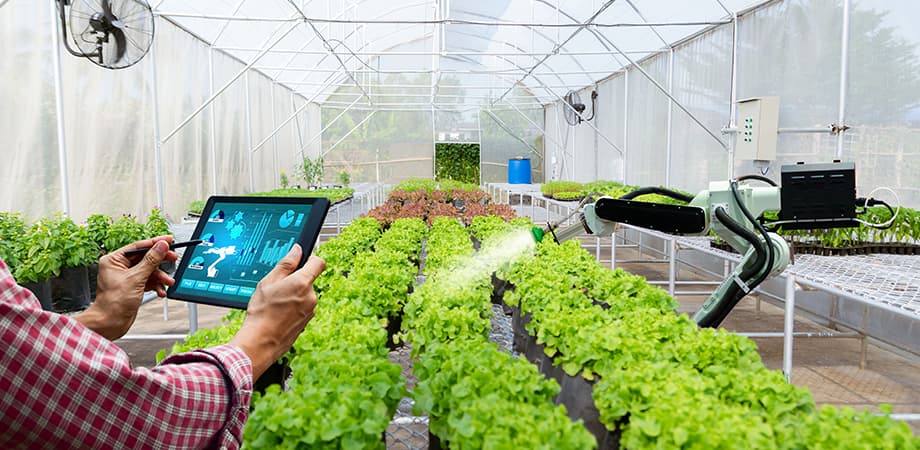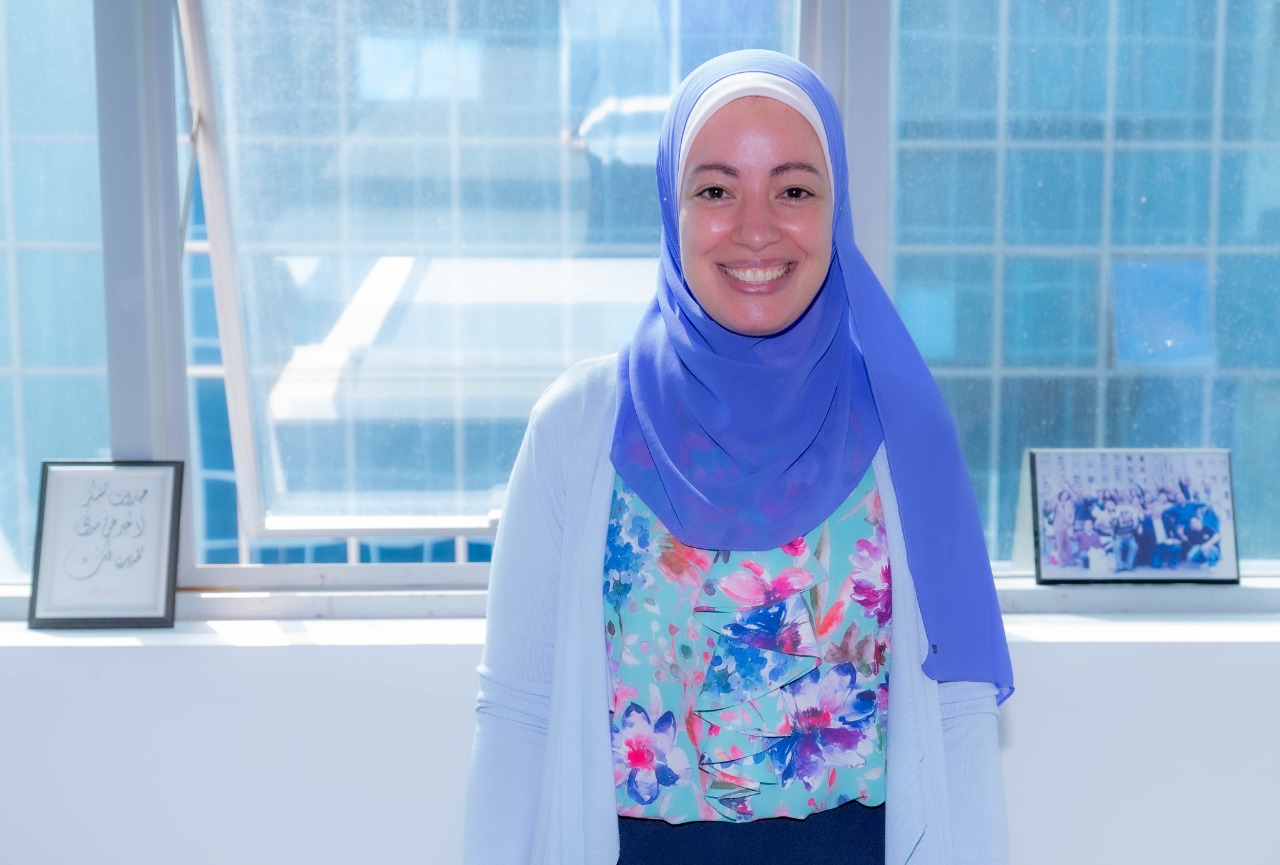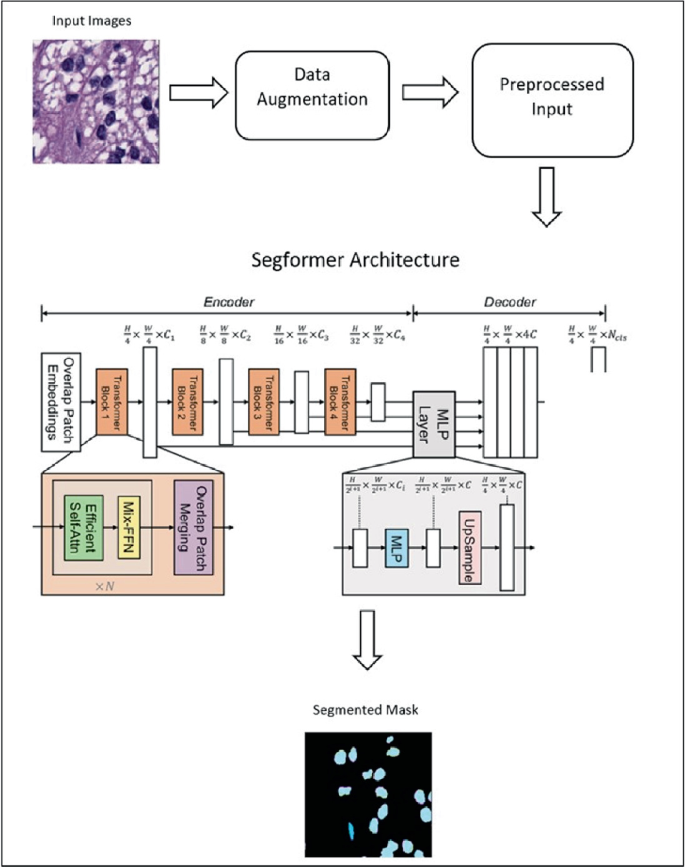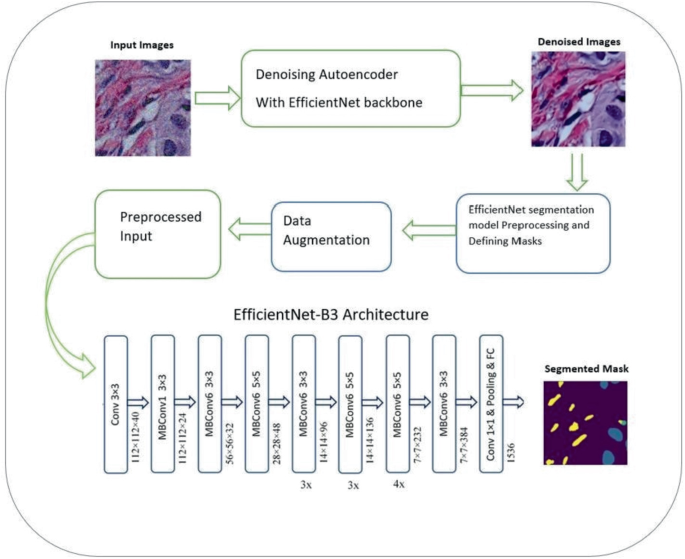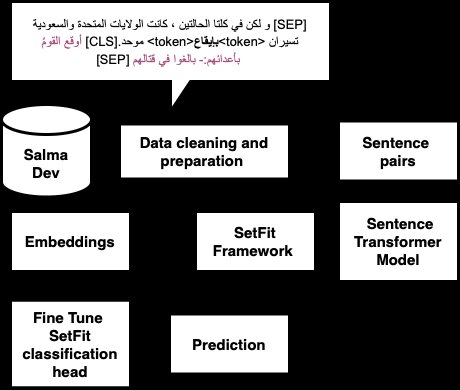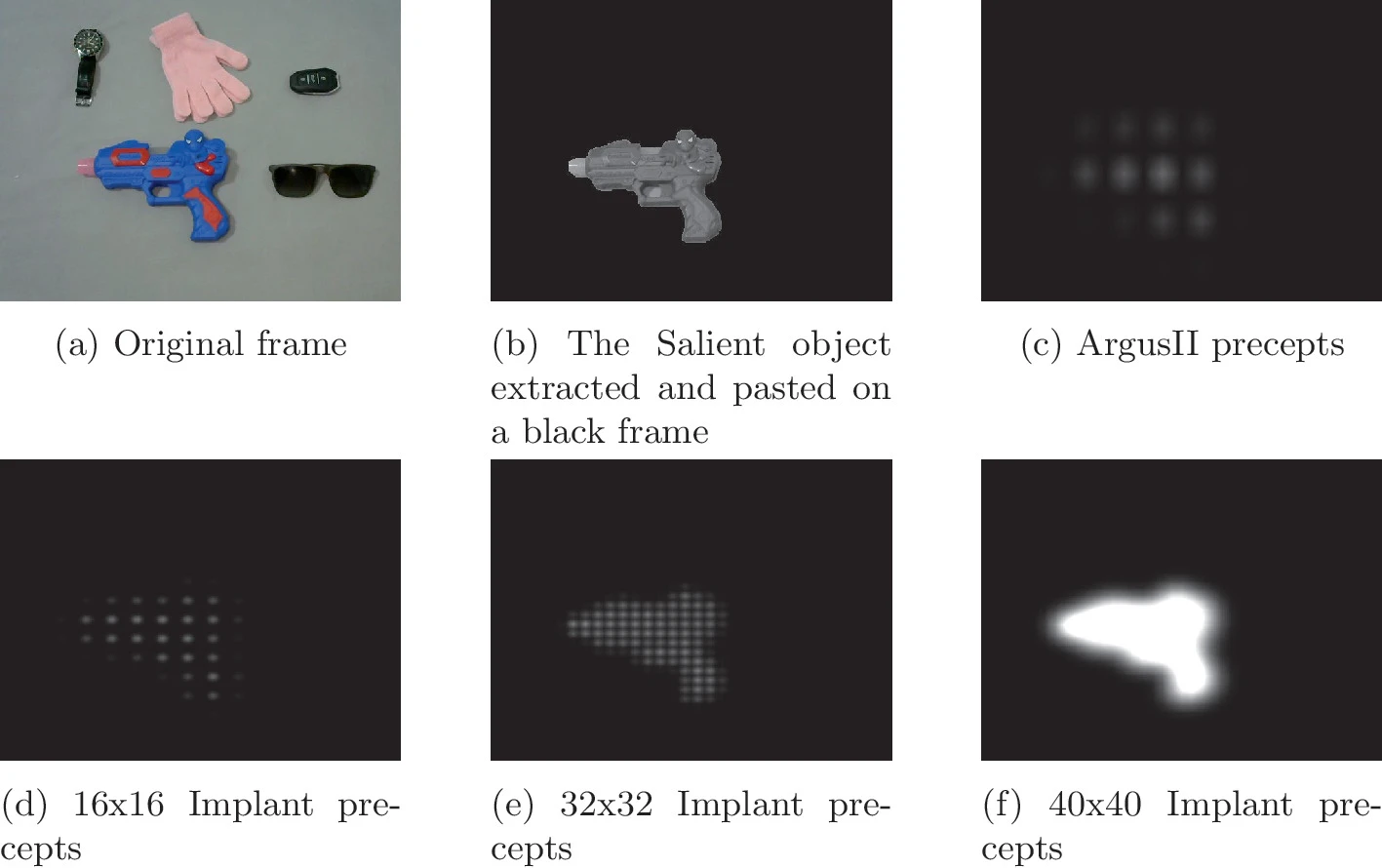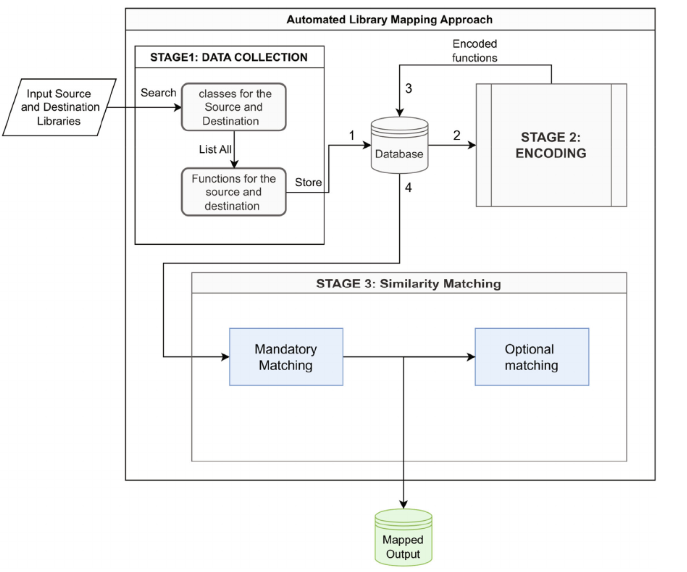Dr. Sahar Selim received her bachelor's and M.Sc. degrees from the Faculty of Computer Science and Information Systems at Ain Shams University. She obtained her Ph.D. degree in Brain-Computer Interface (BCI) from the Faculty of Computers and Information at Cairo University. Prior to starting her academic career, Selim worked as a software developer for three years.
Before joining Nile University, where she currently holds the position of assistant professor, Selim was a research associate at the Faculty of Media Engineering & Technology at the German University in Cairo. Her research focuses on using machine learning to analyze biological signals for developing applications that enable disabled subjects to interact with computer devices using their brain electroencephalography (EEG).
Dr. Sahar Selim is an active member of multiple research groups at the Center for Informatics Sciences at Nile University, where she has contributed to numerous projects leveraging machine learning for medical applications. Her profound technical expertise is complemented by her interest in Machine Learning and Artificial Intelligence. Her research interests primarily revolve around Medical Imaging, Brain Computer Interface, and Neural Engineering.
- Nominated for the Prof. Abdelaziz Hegazy Award for Outstanding Teaching by the ITCS School for the Academic Year 2022.
- Recipient of the ITCS Teaching Award for the Academic Year 2022.
- Principal Investigator (PI) for the KUKA Innovation Award 2022, with the proposal "Human-Brain Robot Interaction for Mobility Rehabilitation Control" being selected among the top 10 applications.
- Led a project focused on the rehabilitation of post-stroke aphasia patients using machine learning, funded by the NU research office and in collaboration with the Neuromodulation lab at El-Demerdash Hospital, Ain Shams University.
-
Co-PI for a project on lung cancer detection in Chest X-Ray images, funded by ITAC.
Pagination
- Biomedical Informatics
- Medical Imaging and Image Processing MIIP
- Software and Systems
- Data Mining and Natural Language Processing
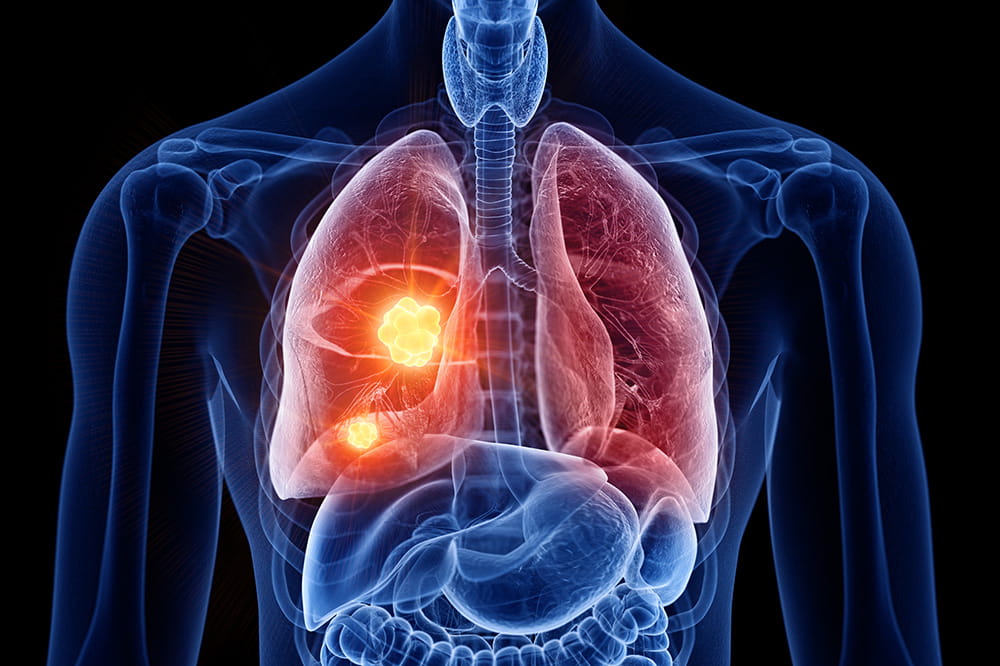
Lung Cancer Detection in Chest X-Ray Images Empowered by 3D Computed Tomography Deep Convolutional Radiomics (CXRClear)
